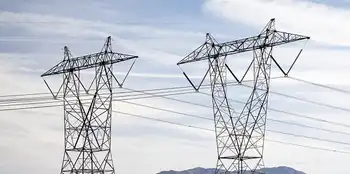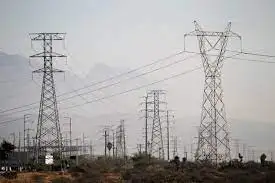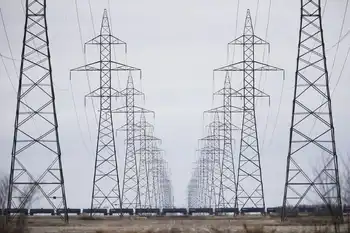TVA official aims for energy efficiency
By Knoxville News Sentinel
NFPA 70b Training - Electrical Maintenance
Our customized live online or in‑person group training can be delivered to your staff at your location.

- Live Online
- 12 hours Instructor-led
- Group Training Available
TVA is no exception.
In this context - and part of what seems the eternal leadership shuffle at TVA - enters Bob Balzar, former director of conservation resources for Seattle City Light and now vice president of energy efficiency and demand response for TVA.
In a phone interview, Balzar, who started work at TVA's Knoxville headquarters in late June, said he's still getting up to speed on the various current and proposed programs under his jurisdiction.
Balzar comes to the unique realm of the nation's only federal utility from a more traditional, municipal-owned public utility with just under 400,000 customers who live within a 131-square-mile radius. TVA serves 9 million people in seven states.
"The city of Seattle is a very different place than Tennessee," he said. "It's not the same animal as we have here in Tennessee, where you have plenty of land and plenty of economic development opportunities."
Still, Balzar said he hopes to duplicate the success of some practical efficiency programs that helped his former employer keep its need for new power generation in check through energy efficiency.
For example, the utility worked with local retailers to offer low-priced compact fluorescent bulbs to local customers, distributing almost 3 million bulbs to residential customers. In another program rolled out when Balzar worked as director of energy efficiency and conservation at Nevada Power Co., he helped incentives for retail and commercial customers to invest in efficient lighting and air conditioning equipment - similar to the residential efficiency incentive programs TVA rolled out last year.
"I think we've got a commercial program that looks at some things. In my mind, it doesn't look at enough things. We've got a residential program that looks at some things like weatherization and heat pumps, but it doesn't look at residential lighting," Balzar said. "We've got a good start, but we really need to add a few more things to really make our portfolio programs feel more robust."
TVA hasn't developed specific targets for how much electricity it hopes to save through energy savings programs, which also include demand response initiatives aimed at reducing electric load during times of peak demand, Balzar said. He said he hopes to put together a strategy over the next year with a five-year horizon for implementation.
"Five years from now I would like to be recognized as a national leader," he said.
To do that, Balzar said he recognizes the importance of working closely with TVA's 150 distributors to develop programs they are able and willing to implement valley-wide.
"With the power distributors being the face and the touch of the end-use customers, anything we do at TVA has to be done in conjunction with the power distributors. That's really the most interesting challenge," he said. "We're going to look at truly what is the potential in the Tennessee Valley and how does that potential get fully developed with the power distributor relationship that is unique here."












